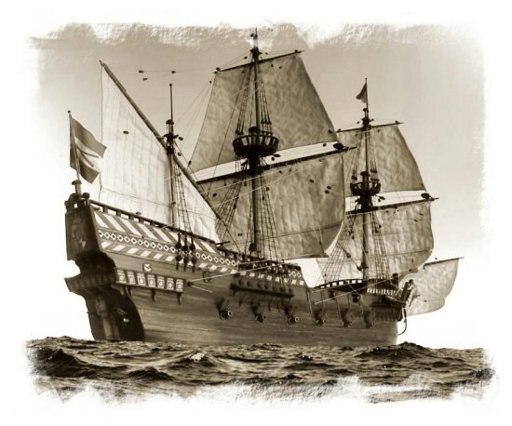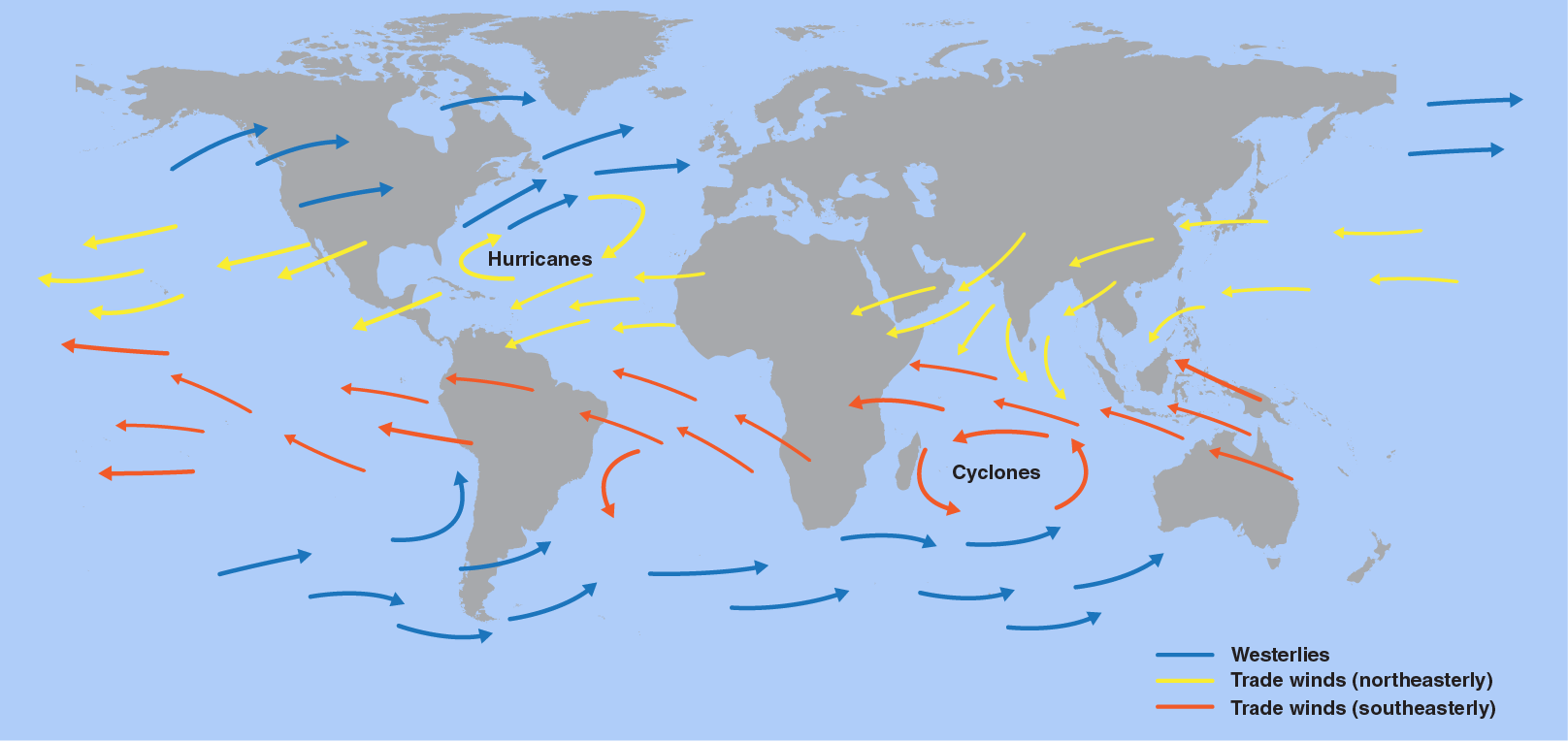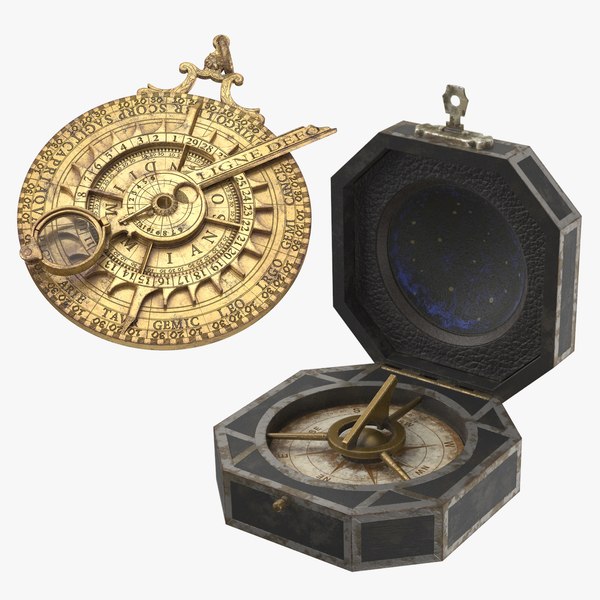Name this class of vessel and any accompanying technology you see...

Caravel with lateen sail
This guy - who oddly looks like a famous substitute teacher at my previous school...seriously - was the first monarch in Europe to sponsor (or be a patron) to seafaring expeditions as the Portuguese would look for an all-water route to access Asian goods and African gold. He would initially be motivated in his search for Christians to trade with, but quickly realized how lucrative the slave trade was and Godly pursuits were no longer that important.

Prince Henry the Navigator
Portuguese sugar plantations in Brazil were indescribably horrible. Plantation owners would lose upwards of 10 percent of their labor force every year due to the backbreaking, unrelenting working conditions, poor nutrition, lack of shelter, and the heat and diseases. The Portuguese would call chattel slaves as this, or "engines" because they produced so much sugar.
engenhos
This system of coerced labor was similar to European feudalism but with an American twist. The Spanish government would offer land to arriving conquistadors and Spanish aristocrats moving to the Americas. On this land, these peninsulars, would compel with the promise of food, shelter, protection, and access to the Christian God to the indigenous population in exchange for work. This coercive labor system was notorious for its brutality. It would later be called the hacienda system as the rise of plantations took over the Spanish Empire.
Encomienda System
This economic theory states that trade generates wealth and is stimulated by the accumulation of profitable balances, which a government should encourage by means of protectionism.
Mercantilism
Name this class of vessel utilized by the Dutch East India Company to make Indian Ocean Trade more efficient. It was built to withstand piracy and ship exponentially more product from port to port, helping lower the cost of consumer goods, making the V.O.C. the Amazon of its day.

Fluyt
The Portuguese wasted no time conquering territories in the Indian Ocean. Vasco da Gama would round the cape of Africa and land in India in 1498. Nine years later they would conquer key port cities in India - led by Afonso de Albuquerque. Albuquerque, best known for sending the King of Portugal ears from slain Indian people as evidence of his war crimes and conquering this key trade city in Southeast Asia...you know, the Muslim city-state in Southeast Asia we talk about in Topic 2...the Portuguese would became wealthy by charging a fee - the cartaz - to cross the most traveled strait in the world.
Malacca (Melaka)...they took control over the Strait of Malacca.
The African Diaspora changed not only the continent of Africa, but black culture would change dramatically. As captives were taken from a wide range of African cultures, many did not share a similar language and as a result, a new language - creole - would emerge as a common language. What was able to go with them was other aspects of their culture, like music (that would later influence all forms of modern western music - from gospel to blues to rock to hip hop and reggae) and their food. This example of culinary syncretism blended rice, okra and a little African knowledge of food preparation.
gumbo
This coercive labor system South America, originally used by the Inca as a form of corvee labor, was co-oped by the Spanish upon the arrival of Francisco Pizzaro and instead of working on things of communal value (like the Carpe Nan), were forced to work in the Potosi mines extracting silver for the Spanish. Many of the Incan laborers would die of poisoning, as the extraction and processing of silver required the use of mercury, also known as quicksilver.
mit'a system
Valued between 8 and 9 trillion, it is considered the wealthiest company in history. It holds the distinction of being the first company to offer shares of its business to the public, effectively conducting the world's first initial public offering (IPO). All this by being the world's first global shipping company. In comparison, FedEx and UPS are valued at a combine 120-ish billion dollars. Maybe they should have canons on their trucks? God bless the Fluyt. Side note, the Dutch economy was based a lot on speculation (ya know, joint stick companies...people investing), and they even dabbled in speculative asset (like NFTs or anything you purchase with the hopes it increases in value over time)...they were really into tulips. At the height of the bubble, a rare tulip bulb would be sold for the same as a mansion. Today, the story of tulipmania serves as a parable for the pitfalls that excessive greed and speculation in investing can lead to.
VOC (Vereenigde Oostindische Compagnie) aka the Dutch East India Company
These nautical charts literally mean "related to ports and harbors"...they were easy to follow collections of sailing directions, making it easier for early European merchants to safely travel and navigate.

Portolan Maps
The Spanish, too, moved quick. Cristoforo Colombo would claim the lands in the Americas for Spain and within 20 years Spain would attempt to circumnavigate the world. It would be the crew of Ferdinand Magellan that would make it. Not Magellan though, he'd die in the Philippines, but not before Spain would annex the islands despite fierce resistance from Filipinos. The Spanish would conquer or convert most of them, allowing them to set up this city as their key trading city in the Pacific, opening up the pathway to bring Spain's newly found and slave extracted silver to Chinese merchants.
Manila
The growth of the plantation economy and expansion of slavery led to significant changes in Africa. Demographically, the diaspora of African males led to the rise of this form family organization...one that allowed the men remaining in Africa to have more than one wife. This would change African culture from one that relied on familial bonds to one that relied on supply and demand.
Polygyny.
As enslaved Africans were forced to all parts of the world, they would meld aspects of their African culture to new cultures they came into contact during this diaspora. Many of them would combine aspects of their traditional African traditions - like drumming, dancing, and spirit veneration with Roman Catholicism. There are four examples of this that CollegeBoard wants you to know, many of which are still practiced here in South Florida. Name them.
Santeria (Latin and North America), Vodun (Voodoo - Haiti), Candomble (Brazil), Cult of the Virgin of Guadalupe (Mexico).
"The closeness of the place, and the heat of the climate, added to the number in the ship, which was so crowded that each had scarcely room to turn himself, almost suffocating us. This produced copious perspirations, so that the air soon became unfit for respiration, from a variety of loathsome smells, and brought on a sickness among the slaves, of which many died, thus falling victims to the improvident avarice, as I may call it, of their purchasers. This wretched situation was again aggravated by the galling of the chains, now become insupportable; and the filth of the necessary tubs [large buckets for human waste], into which the children often fell, and were almost suffocated. The shrieks of the women, and the groans of the dying, rendered the whole a scene of horror almost inconceivable." -Olaudah Equiano.
This quote can be best understood in the context of which sea journey undertaken by slave ships from the West Africa to the West Indies leg of triangular trade.
Middle Passage
Finally understanding these wind patterns in the Atlantic Ocean allowed European navigators to get from Europe to the Canary Islands off the coast of Africa (which would become one of the first European slave plantations) to the Americas more efficiently.

Trade Winds and Westerlies
While the Spanish couldn't find a way to profit from or defend all of the Americas, other European nations could. The French would claim land from Canada to the Gulf of Mexico despite rarely settling permanently. Instead they would set up trading forts, trading with the indigenous for this valuable good. This was a much better relationship than most indigenous had with other Europeans.
Furs
The British East India Company would initially control very little territory in India, being restricted to mostly trading posts. However, by exploiting tensions between these two peoples of India, were able to increase its influence and control by making treaties with local rulers (Zamindars) that allowed the EIC to expand its military presence in India in an effort to control the local violence. The EIC would hire members from each faction to be a part of their private corporate military called sepoys to further gain control over the Indian subcontinent.
Muslims and Hindus
Born in the Americas, but of Spanish origin, this new social class in the Americas had great wealth, but were limited in their participation in government. Over time their desire for power, equal representation in government, and economic control would lead them to revolt by the 1800s. One of them was Simon Bolivar. Come to think of it, this social class is just a fancy name for American colonists in the Spanish Empire.
Creoles (or Criollos).
By the 17th Century, the European economy was thrown for a loop. The opening of global trade routes would introduce new staple crops - like the potato - to Europe increasing the population dramatically. These trade routes would also bring an influx of raw materials which would be manufactured in Europe and distributed to the world. Coupled with discoveries of silver and gold in the New World, now in circulation, caused inflation. What was the name of this general rise in the cost of goods in Europe called?
Price Revolution
Not the first time we've spoken about these two vital elements of oceanic travel, because they were used in the Indian Ocean for centuries prior to European use on the Atlantic.

Astrolabe and Magnetic Compass
"God blew and they scattered." The Spanish Armada (its navy) was considered the strongest in the world, but would lose most of their navy in a naval battle with the British in 1588...the reason the British won? They sent empty flaming boats toward the fleet and it made them break rank and the wind blew the Spanish fleet north and the British navy were able to pick off the boats one by one. The defeat of the Spanish was important, because it allowed the British and Dutch to (certainly were in the crosshairs of the Spanish for conquest) to compete for territory. They would establish this first permanent colony in the Americas shortly after?
Jamestown
In Tokugawa Japan, converted Japanese Christians couldn't stop committing hate crimes against Buddhists. So, they were all hunted down and expelled from the country. They would close their borders to most European Christian nations, except this one, who the Shogunate would allow semi-permanent residence in Nagasaki Harbor to merchants, because they were strictly business. Just this little bit of contact with this one European state would influence Japanese culture with western ideas.
Netherlands (aka the Dutch)
Slow transportation networks from Europe to the Americas allowed most new colonies a level of autonomy and self-governance to develop early on. Whether it be France, Britain, or the Spanish, new government entities rose locally. In the Spanish Empire, viceroyalities, governed by appointed officials of the Spanish Crown (viceroys) over large pieces of territory. To keep this growing new elite in check, the Spanish government would establish these royal courts as an appeal system to Spanish settlers that disagreed with a viceroy's decision or policies.
audiencias
limited liability